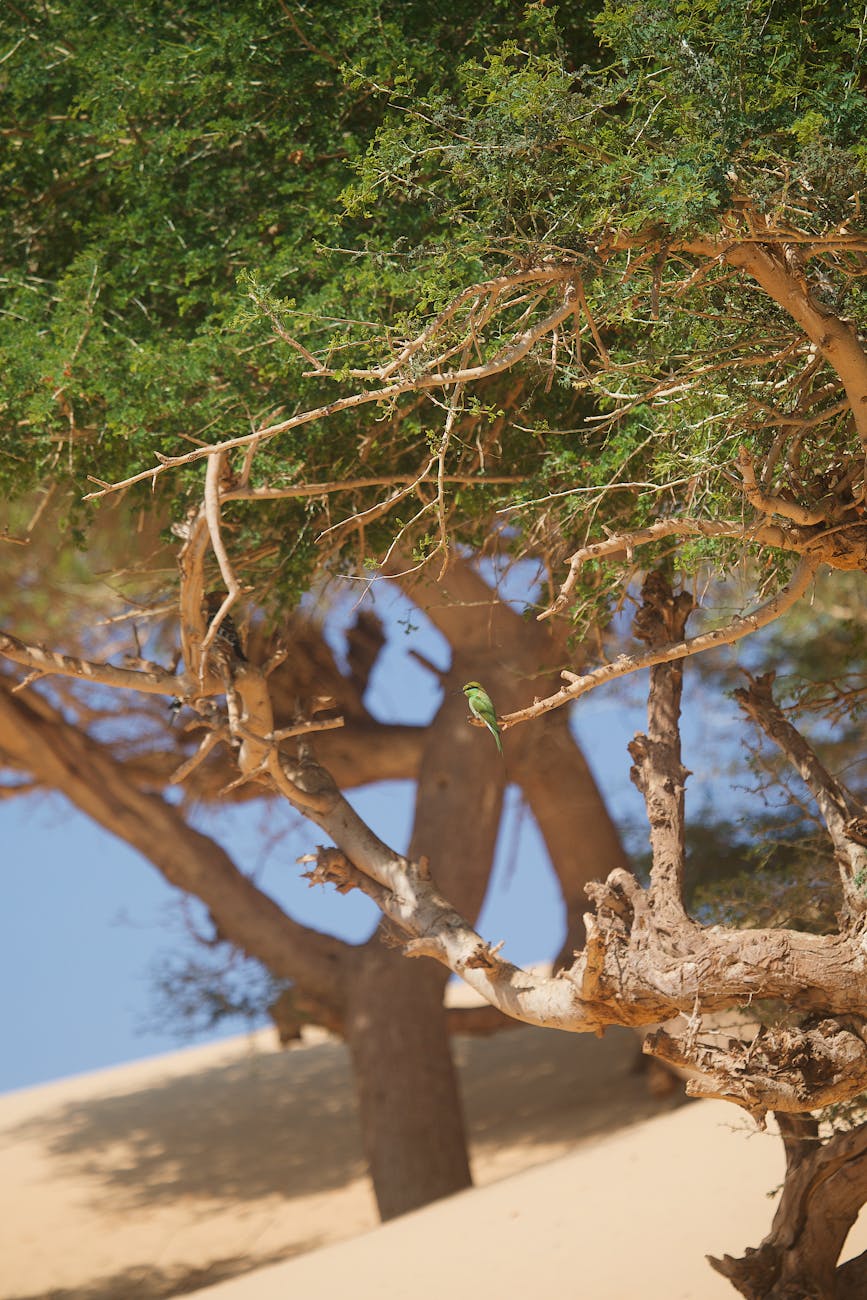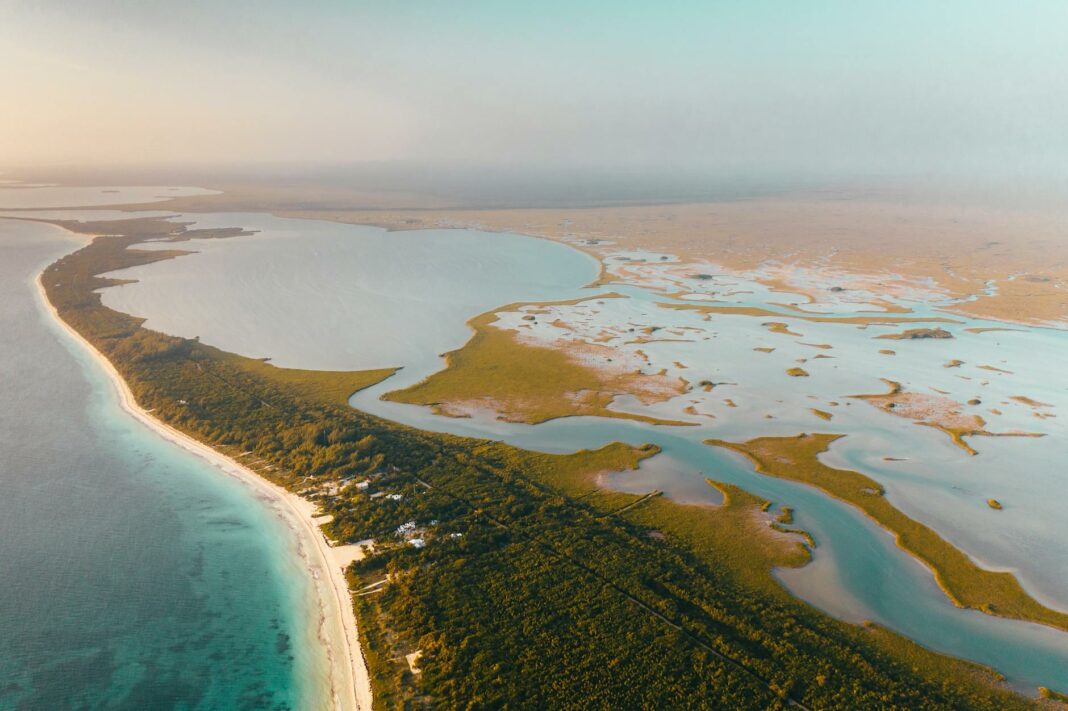Table of Contents
- Introduction
- Agave: The Resilient Wonder
- Cacti: Nature’s Water Storehouses
- Creosote Bush: The Desert’s Perfumed Guardian
- Joshua Tree: A Natural Icon
- Transform Your Experience
- Frequently Asked Questions
Introduction
Have you ever considered how the unique flora of the desert can enhance your holiday adventure? Surprisingly, desert plants possess a myriad of beneficial qualities that can elevate your travel experience. From the mesmerizing beauty of the landscape to their surprising utility, these often-overlooked green wonders can significantly enrich your journey. This post delves into the secrets of the desert and uncovers fascinating plants that not only survive in harsh conditions but can also transform your vacation into a memorable escape.
Imagine stepping into a world where resilience and beauty coalesce, offering both visual delight and practical benefits. This exploration of secret desert plants promises insights that can enhance your experience, whether it’s capturing Instagram-worthy moments or using nature’s gifts to nourish body and spirit.
Agave: The Resilient Wonder
Agave might just be one of the most remarkable plants around. This succulent thrives in arid landscapes, showcasing striking rosettes of thick, fleshy leaves. Its ability to endure extreme temperatures and low precipitation makes it a symbol of resilience in desert environments. Beyond its stunning appearance, agave has a myriad of uses that can surprise you.
One of its most famous products, tequila, is derived from the blue agave, adding a delightful twist to any gathering. Several varieties offer nutritious edible flowers, while the sweet sap can be transformed into a natural sweetener known as agave nectar. Whether you’re mixing cocktails under the stars or adding a touch of sweetness to your culinary creations, agave makes every moment feel special while reminding you of the beauty that thrives even in the harshest conditions.
Cacti: Nature’s Water Storehouses
When thinking about desert flora, cacti are often the first that come to mind, and for good reason. These iconic plants are not only captivating to look at but also serve as a remarkable testament to adaptability. Their succulent bodies store precious water, allowing them to survive prolonged droughts and extreme temperatures. Imagine wandering through an otherworldly landscape dotted with vibrant blooms that transform the desert into a stunning tableau of color and life.
Cacti also hold a wealth of possibilities for your holiday experience. Many varieties, like prickly pear and saguaro, feature edible fruits that can be harvested and used in refreshing beverages or unique culinary dishes. The sweet, tangy flavors of cactus fruits can elevate any meal. Additionally, their striking forms make for fantastic photography opportunities, providing a stunning backdrop that captures the essence of your adventure.
Creosote Bush: The Desert’s Perfumed Guardian
Creosote bush may not look particularly glamorous, but stepping into its aromatic presence can feel like entering a fragrant haven. This hardy shrub is renowned for its pungent scent, especially after a rain, which can evoke feelings of nostalgia for many desert wanderers. Beyond its olfactory charms, creosote boasts remarkable medicinal properties that you might discover fascinating.
The leaves contain compounds that have been used traditionally for treating various ailments, from colds to skin irritations. Learning about its practical applications can deepen your connection to the environment around you. Picture yourself relaxing outdoors, invigorated by the refreshing aroma that fills the air, while you sip on a herbal infusion made from its leaves, effectively grounding you to the raw beauty of the desert.
Joshua Tree: A Natural Icon
Nothing embodies the magic of the desert quite like the Joshua tree. Towering majestically, these iconic plants create surreal silhouettes against the expansive background of the desert sky. Their unique shape and intriguing texture draw visitors in and offer endless opportunities for exploration and adventure. Imagine roaming through these otherworldly landscapes as you soak in the rich history and symbolism behind this fascinating flora.
A visit to Joshua Tree National Park can create a stunning narrative for any holiday experience. The trees are not merely a backdrop; they contribute to the entire ecosystem. They provide habitat for numerous wildlife species and attract adventurous souls looking to hike, rock climb, or simply enjoy some solitude amidst nature. Each moment spent near these towering wonders encourages reflection and appreciation for the intricate balance that sustains life in arid regions.
Elevate Your Holiday Journey
In conclusion, exploring the unique and often hidden treasures of desert plants can significantly enhance your holiday experience. By engaging with nature and embracing the lessons taught by these resilient flora, you cultivate not just appreciation but also deeper connections to the landscape. Whether you find enjoyment in the culinary delights offered by agave and cacti or breathe in the nostalgic scent of creosote, each plant presents an opportunity for memorable experiences. Don’t overlook the power of nature’s silent guardians on your next adventure; they’re sure to leave you with lasting impressions and cherished memories.
Frequently Asked Questions
1. Can I use desert plants for cooking while on vacation?
Absolutely! Many desert plants, such as prickly pear and agave, are not only edible but can also add unique flavors to your meals. Just ensure you’re informed about which varieties are safe.
2. What should I know about foraging in the desert?
Foraging can be an exciting and rewarding endeavor, but it’s essential to educate yourself about local rules and regulations. Always ensure that you are foraging sustainably and ethically.
3. Are desert plants suitable for home gardening?
Definitely! Many desert plants are low-maintenance and thrive in dry conditions. If you’re looking to add resilience to your garden, consider incorporating succulents or cacti as beautiful additions.
4. How can desert plants benefit the environment?
Desert plants play crucial roles in their ecosystems. They provide habitats for wildlife, prevent soil erosion, and even assist in conserving water. Embracing these plants helps support the delicate balance of the environment.
5. What’s the best time to visit desert regions?
While it often varies by location, visiting during the spring or fall usually offers milder temperatures and blooming flora, making it an ideal time to appreciate the desert’s natural beauty.
Image Credit: Pexels





